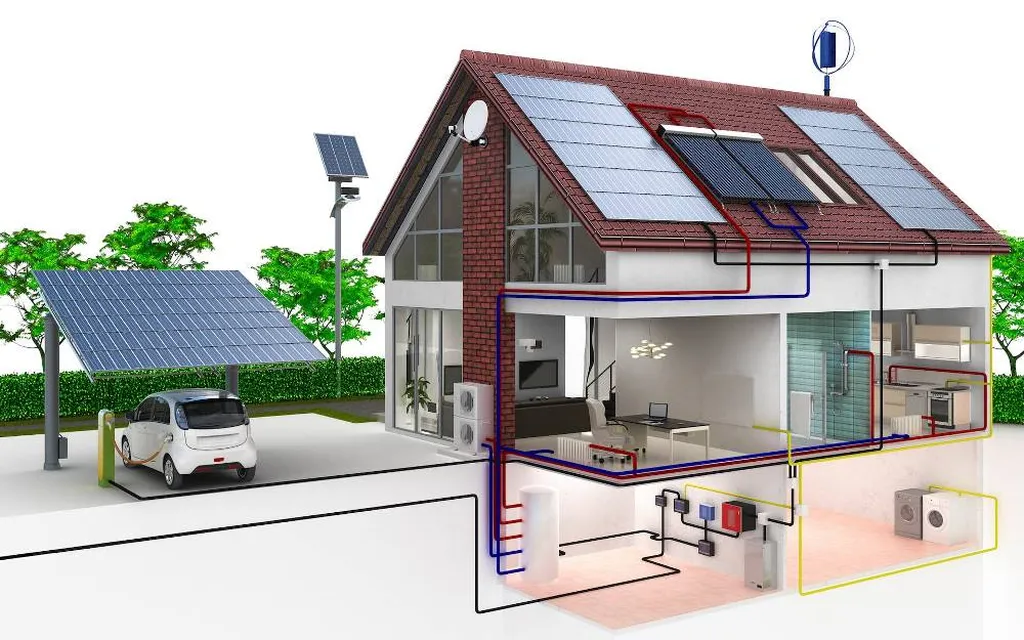In the heart of China’s Hebei Province, an age-old architectural style is offering modern lessons in sustainable design, with significant implications for the energy sector. A recent study, led by Yang Chen from Universiti Teknologi MARA, has shed light on the remarkable thermal performance of Sanheyuan vernacular dwellings, which could inspire a shift in contemporary rural housing and energy efficiency strategies.
Sanheyuan, translating to “three halls facing a courtyard,” is a traditional Chinese residential layout that has stood the test of time. Chen’s research, published in the Journal of Asian Architecture and Building Engineering (known in English as the Journal of Asian Architecture and Building Engineering), reveals that these dwellings, with their high-thermal-mass materials, flexible openings, and courtyards teeming with multi-layered vegetation, provide substantial thermal buffering. This design helps maintain stable indoor temperatures and humidity, enabling effective natural ventilation.
The study measured air temperature, relative humidity, and wind speed on a typical summer day in Sha Tun village, comparing Sanheyuan vernacular and modern dwellings. The results were striking. Sanheyuan dwellings maintained peak indoor temperatures 2.6°C lower, relative humidity 5–8% higher during peak hours, and average wind speeds 1.2 m/s higher than their modern counterparts. “These features improve diurnal thermal comfort, support rapid nocturnal cooling, and reduce the heat island effect without mechanical systems,” Chen explained.
The total heat transfer coefficient (HTC) in these traditional dwellings reached values as low as 338.88 W/K, demonstrating their exceptional thermal efficiency. This finding is particularly noteworthy for the energy sector, as it highlights the potential for passive design strategies to reduce energy consumption and lower carbon emissions.
The commercial implications are substantial. As the world grapples with climate change and the urgent need to reduce energy use, the insights from Chen’s research could shape future developments in rural housing. By integrating heritage-inspired vernacular designs into modern constructions, developers and architects can create climate-resilient, low-energy solutions that are both sustainable and cost-effective.
Chen’s work underscores the importance of looking to the past to inform the future. “The findings demonstrate that passive design strategies in Sanheyuan vernacular dwellings offer low-energy, climate-resilient solutions for contemporary rural housing,” Chen said. This research provides quantitative evidence supporting the integration of these traditional designs into modern rural housing developments, potentially revolutionizing the energy sector’s approach to sustainable construction.
As the world seeks innovative ways to combat climate change and reduce energy consumption, the lessons from Sanheyuan dwellings offer a promising path forward. By embracing these time-tested strategies, the construction and energy sectors can work together to create more sustainable, resilient, and energy-efficient communities.

